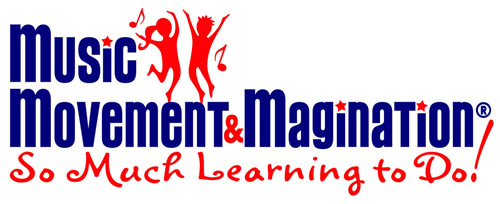 During 2009, we devoted much of our year developing products to help promote language acquisition and literacy among English Language Learners. Our music is a fantastic tool to use to teach academic vocabulary in a way that is fun, engaging and PROVEN!
During 2009, we devoted much of our year developing products to help promote language acquisition and literacy among English Language Learners. Our music is a fantastic tool to use to teach academic vocabulary in a way that is fun, engaging and PROVEN!
Using music, movement and visual aids is the perfect blend for language acquisition, vocabulary development, fluency and engagement in all populations but especially for English Language Learners. MMM’s comprehensive program can facilitate powerful learning experiences that allow children to simultaneously progress in their content knowledge and in their English language proficiency. Teachers will need to pay special attention to the particular stages of second language acquisition and adjust accordingly. Greater repetition and scaffolding can be key strategies. Asking frequent and tiered questions allows teachers to assess progress and encourages English Language learners to practice their new skills. Doing so in the fun and engaging environment created by the MMM Programs can also reduce some of the stress and anxiety associated with learning a new language.
Anyone who has been around babies who are learning to talk knows that the process happens in stages—first understanding, then one-word utterances, then two-word phrases, and so on. Similarly, students learning a second language move through five predictable stages. The first is Preproduction, sometimes called the silent period, where children are understanding some words but they aren’t really speaking. They may repeat words back to you, but it really not producing language. They’re merely parroting. In this phase, teachers can increase communication by using the lesson visual aids. MMM’s music will also enhance understanding of key vocabulary particularly with repetition and with the patterned movements that allow children to demonstrate comprehension. The interactive dialogue portion of the lesson will help the child continue to build their receptive vocabulary, what they can understand.

As vocabulary builds, children enter the second phase of language acquisition called Early Production where children’s receptive and active vocabulary has increased to about 1000 words and are speaking in one to two word phrases. Introducing and reinforcing key vocabulary with visual aids is critical. Teacher can also set the context by asking questions that require one-two word answers, see posts here. The music and movement will allow the children to interact further with the language as well as with the content of the lesson, thus building important academic vocabulary.
During the third, fourth and fifth stages of second language acquisition ( Speech Emergence, Intermediate Fluency and Advanced Fluency) children progress from about 3000 words and speaking in simple sentences, to near-native vocabulary, grammar and fluency. While the visual aids and manipulatives will continue to help with vocabulary development, the discussion facilitated by the interactive dialogue plays an important role. As children progress, paying attention to strategies such as Bloom’s Taxonomy will help children interact with the content on the desired level while at the same time allow them to practice oral language. Furthermore, the rhythmic nature of music and movement will facilitate increased fluency as well as reinforce academic vocabulary and content skills.
